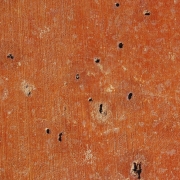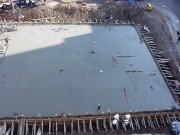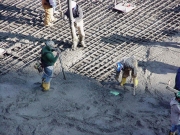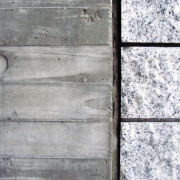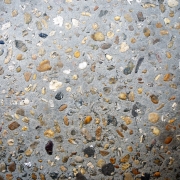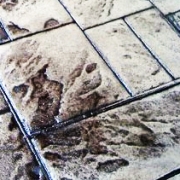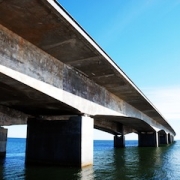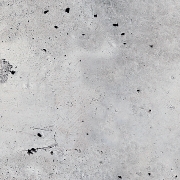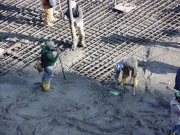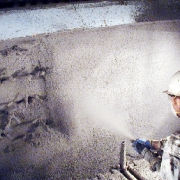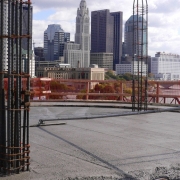There are several Specialty, or non-traditional, methods of Placing Concrete. These methods can offer economic advantages in terms of site preparation, the need for accessories and equipment, and reduced labor costs. Properly applied, Shotcrete, a sprayed concrete, is a durable construction material that bonds strongly with earth, rock, steel and existing concrete. Shotcrete is easily applied, its formwork assemblies are often simpler than in conventional placement, and less material is used, since the layers of sprayed concrete are thinner. Pumped Concrete and Pneumatically Placed Concrete also involve the delivery of concrete as a spray from either a dry or wet mix. Both methods utilize pumps, primarily the mechanical type for the pumped concrete, whereas pneumatic placement uses compressed air. For sites that are difficult to access, or at which space is limited, these methods are practical alternatives to conventional concrete placement.

